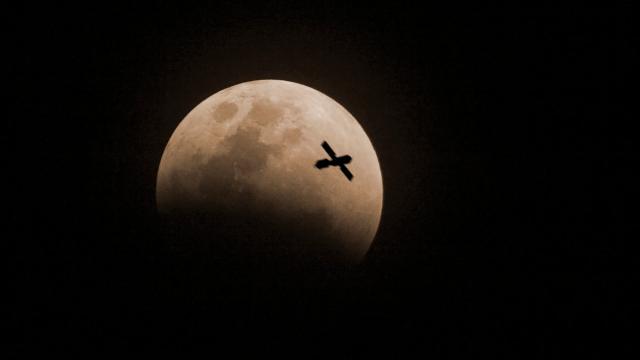Humans have gone to the moon, we have taken pictures of the moon and soon we will be able to navigate on the moon.
In preparation for future manned missions, the European Space Agency (ESA) is developing a satellite constellation to provide navigation and telecommunication services to astronauts on the moon.
My GPS sometimes struggles to find me on Earth but, sure, let’s put it on the moon.
Take me to the moon
The new constellation of satellites will be named ‘Moonlight’, Space.com reports. The ESA said it would make it easier and cheaper for the lunar economy to blossom.
The development is a forward-thinking plan to accommodate future missions to the moon, which the ESA believes will become frequent in the coming years.
“Having a navigation and telecommunication network to relay what we learn on the moon back to Earth will be key for the sustainability of future missions,” ESA’s director of telecommunications and integrated applications, Elodie Viau, said in a news conference.
“You can imagine astronomers setting up observatories on the far side of the moon. And as we have all now become accustomed to virtual meetings, who knows? We could be doing Skype on the moon.”
Yes, video conferencing on the moon. That’s where we’re at.
How would a lunar satellite system work?
Lunar missions currently make use of deep-space antennas to track their landers and orbiters. However, this system is slow and expensive and gives nowhere near the accuracy we receive from GPS tracking on Earth.
Landers also have to carry their own special navigation systems to land on the moon. The ESA said implementing a satellite system would allow their vehicles to ditch this extra weight and carry other important instruments instead.
The ESA hopes to make use of the navigation systems already in place on Earth. This includes the USA’s GPS network, Europe’s Galileo, Russia’s Glonass and China’s Beidou.
???? Our #Moonlight initiative involves extending telecoms and satnav services to the #Moon – starting by using signals from terrestrial constellations, progressing to dedicated satellites and lunar beacons ????https://t.co/RRWJ4YQkJo
More ????https://t.co/Y6Sw4cYBKh #ForwardToTheMoon pic.twitter.com/UaloFXP0Rc
— ESA (@esa) May 21, 2021
“These signals are sent by satellites to Earth, but they also bypass Earth and go further into space. We can combine the use of those signals in a receiver in order to determine the position of a vehicle on the moon.” Paul Verhoef, ESA director of navigation, said during the conference.
The constellation would be made of around 3-4 satellites to start off with. The ESA is hoping this will give them accuracy of between 30 – 100 metres.
The ESA has awarded two consortia of companies contracts for the study and feasibility of this satellite constellation over the next 18 months. The proposal will then be taken to the ESA’s council of member states in 2022.
If approved the satellites could begin implementation by 2023. Expected completion would be another four or five years after this.
